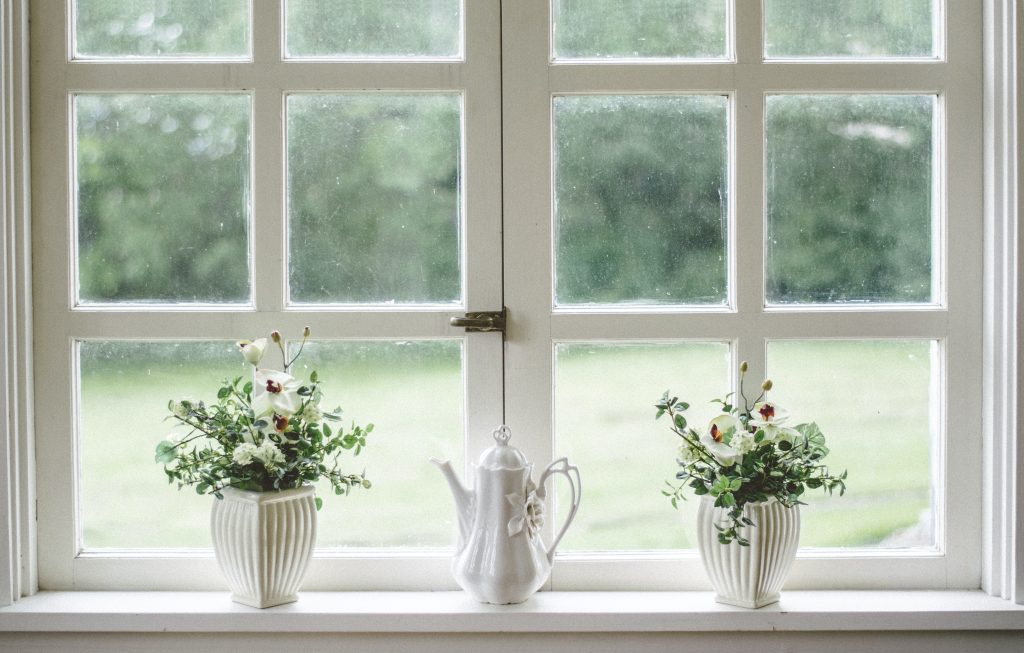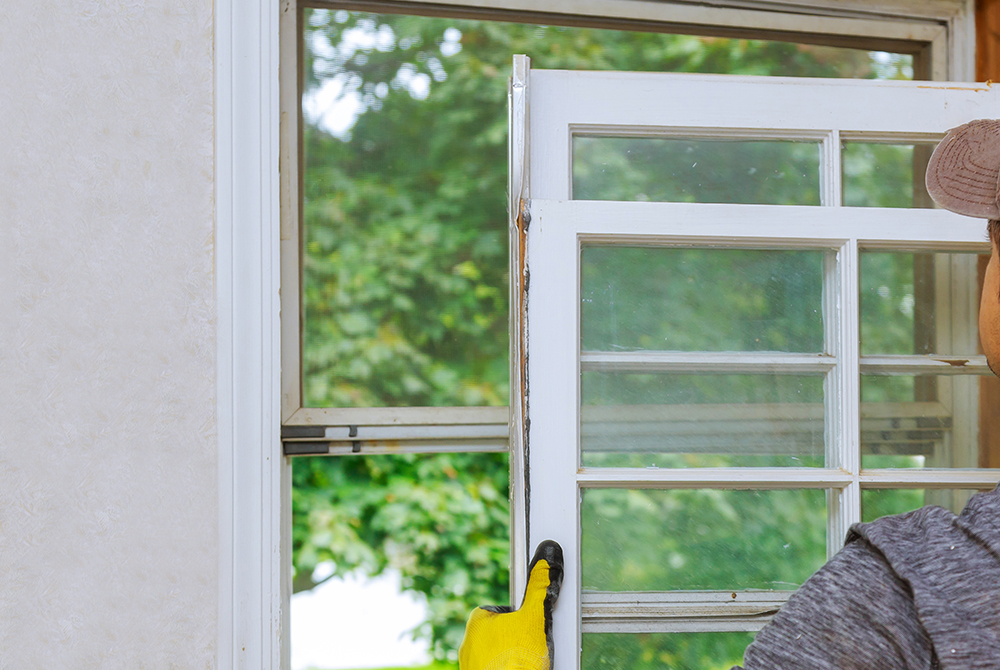Window replacement is the process of removing existing building windows and installing new ones in their place. It is a common home improvement project to upgrade windows’ functionality, energy efficiency, aesthetics, and overall performance.
Window replacement can involve replacing individual windows or replacing all the windows in a building, depending on the needs and goals of the homeowner. It is typically carried out by professional window contractors or installers with the expertise and experience to ensure proper installation and optimal performance.
Unfortunately, most property owners do not know the right time for window replacement. But several signs indicate your windows may need replacement. Here are some common indicators:
Drafts
If you feel drafts of cold or warm air coming into your home near the windows, it could mean that the seals are compromised, or the windows are poorly insulated. Windows are typically designed with weatherstripping and seals to create an airtight barrier between the interior and exterior of your home. Over time, these seals can wear out or become damaged, allowing outside air to seep into your home. This can lead to drafts and temperature inconsistencies near the windows.
Windows with inadequate insulation are ineffective at keeping out cold or hot air. Older single-pane windows, for example, provide minimal insulation compared to double or triple-pane windows with insulating gas between the glass layers. Insufficient insulation allows outside air to penetrate your home, resulting in drafts and reduced energy efficiency.
Increase in energy

An increase in energy bills can result from air leakage through inefficient windows. When windows are not properly sealed or insulated, conditioned air can escape, leading to energy waste and an increased workload for your heating or cooling system. This, in turn, can cause higher energy bills. It’s important to address this issue to improve energy efficiency and reduce costs.
Condensation between glass panes
If you notice condensation or fogging between the glass panes of double or triple-pane windows, it indicates that the seals have failed and the insulating gas has escaped. This situation compromises the energy efficiency of the windows.
Difficulty opening, closing, or locking
Windows that are challenging to operate or no longer lock properly may have damaged frames, hardware, or mechanisms. This could pose a security risk and indicate the need for replacement. Window frames can warp, deteriorate, or suffer damage from exposure to the elements. This can affect their alignment and make it difficult to open or close the windows smoothly. The hardware components of windows, such as hinges, latches, or cranks, can wear out or become damaged. This can result in difficulty operating the windows or prevent them from locking securely.
Visible damage

Visible damage on windows, such as cracked glass, rotting frames, or deteriorating materials, are definite signs that your windows are in poor condition. These issues not only impact the aesthetics of your home but also compromise the functionality and performance of the windows.
Cracks or breaks in the glass of your windows not only compromise their visual appeal but also reduce their ability to provide proper insulation and protection. Cracked glass may pose safety risks, as it can shatter more easily. Window frames made of wood can deteriorate over time due to exposure to moisture, pests, or age. Rotting frames weaken the structural integrity of the windows and can lead to air leakage, water infiltration, and decreased energy efficiency.
Key Takeaway
Remember that difficulty opening, closing, or locking windows can be a safety concern and compromise the overall functionality of your windows. Seeking professional advice will help determine the best course of action, whether it’s repairs or replacement, to ensure your windows’ security and proper operation.



